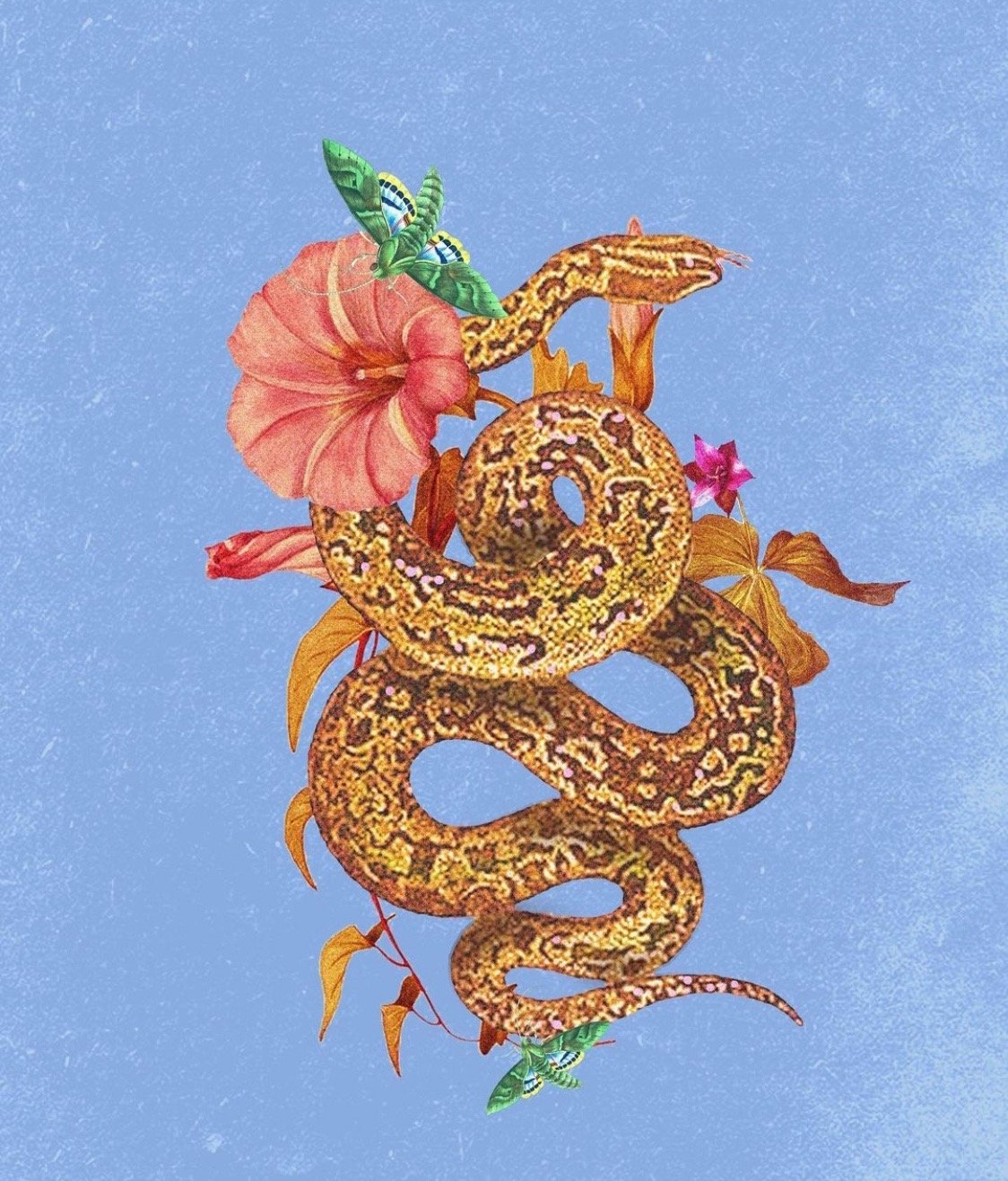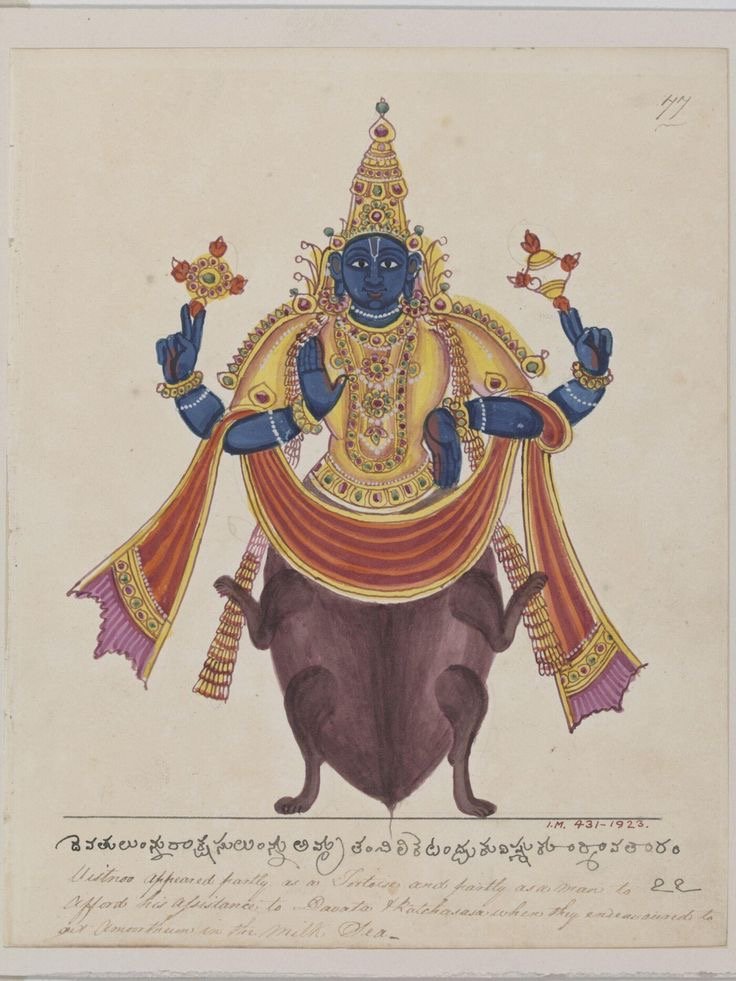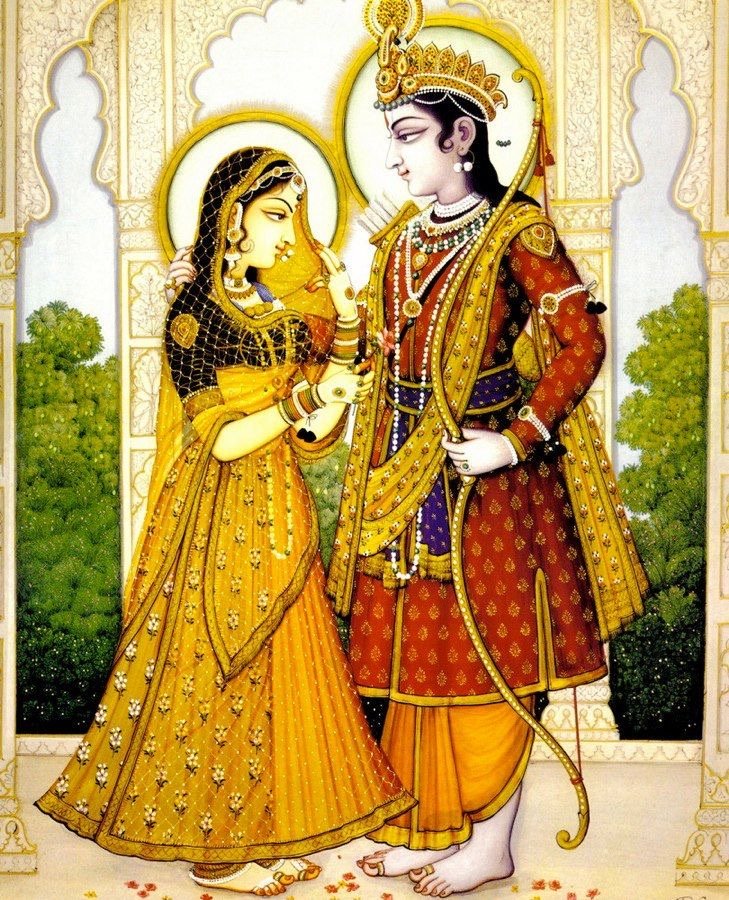JUPITER INTO GEMINI
5/14 – 11/11 ’25
(Returns: December 20, 2025 – May 24, 2026)
Jupiter (Bṛhaspati), the benevolent guru to the devas—planet of wisdom, expansion, and discernment—enters sidereal Gemini (Mithuna) on May 14, continuing his transit through Mṛgaśīrṣa, the Searching Star. A time to place our discernment—and our investments—in their proper place.
As Jupiter moves through Mṛgaśīrṣā in Gemini, we enter a cycle of refined curiosity and deeper understanding. This is an invitation to pursue knowledge with both analysis and devotion.
Ruled by Soma, the lunar deity of nourishment and subtle vitality, Mṛgaśīrṣā supports a gentler, contemplative expansion. Jupiter here doesn’t rush—it wanders with purpose, gathering insight, refining speech, and reweaving thought into wisdom.
This period invites a reassessment of our chosen path, urging us to realign our pursuits with our highest truth and ensure our investments—of time, energy, and intention—are placed wisely. Mṛgaśīrṣā’s restless search has us questioning what is truly worth pursuing, stripping away illusion to reveal a more authentic sense of purpose.
From June 13 to August 13, Jupiter transits Ārdrā (आर्द्रा), the Star of the Storm. Symbolized by a teardrop, Ārdrā initiates destruction not as punishment, but as purification. This is not a time to scatter energy, but to channel it with discernment and precision. Amidst the collective unraveling, clarity arises only by anchoring into what is internally true—rather than reacting to outer turbulence.
From August 13 to October 3, Jupiter moves into Punarvasu (पुनर्वसु), the Star of Renewal. Ruled by Aditi, the mother of the gods, this constellation brings restoration after the storm. Symbolized by a quiver of arrows, Punarvasu holds the power to rebuild what was scattered—to re-inhabit what is life-giving, expansive, and aligned. A return to inner abundance, this is Jupiter remembering how to direct energy wisely, to fill the reservoir rather than drain it.
From October 3 to November 11, Jupiter moves through Puṣya (पुष्य), the nourisher. The teachings begin to stabilize, and what has been learned may take form. Puṣya brings maturity as well as an intesity to Jupiter’s journey.
On November 11, Jupiter retrogrades into Cancer, inviting a return inward. What has been intellectually understood must now be emotionally integrated. He re-enters Gemini on December 20, continuing retrograde until March 11, 2026, and then returns once more to Cancer on May 24, 2026—completing a cycle of mental expansion and inner restoration.
Bṛhaspati is Jīva Kāraka—the indicator of the individual soul—breathing life into being. He is the carrier of ākāśa (ether) tattva, the significator of śabda (sound), the lord of speech (vāk), viveka (discernment), and restoration. He is said to have a voice like a lion, and his vāhana is the elephant. Predominantly Kapha in constitution, he is also kāraka of storehouses and treasures.
Associated with meda dhātu (fat tissue), he is adaptive and expansive. As Śrī Vāmana, the fifth avatāra of Viṣṇu, he utilized deception to restore the worlds back to their rightful place. We invoke him to protect our intelligence (buddhi).
Tārā, the Mahāvidyā aligned with Jupiter, is the fierce liberator who guides through the power of śabda brahman—primordial sound. Like Bṛhaspati, she is teacher and protector, revealing truth and ferrying the soul across the ocean of saṁsāra.
Those in a Jupiter or Mars daśā or antara, or with key natal placements in Mṛgaśīrṣa, Ārdrā, or Punarvasu, will feel the movement of this transit more directly.
ॐ ह्रीं श्री गुरुभ्यो नमः।















